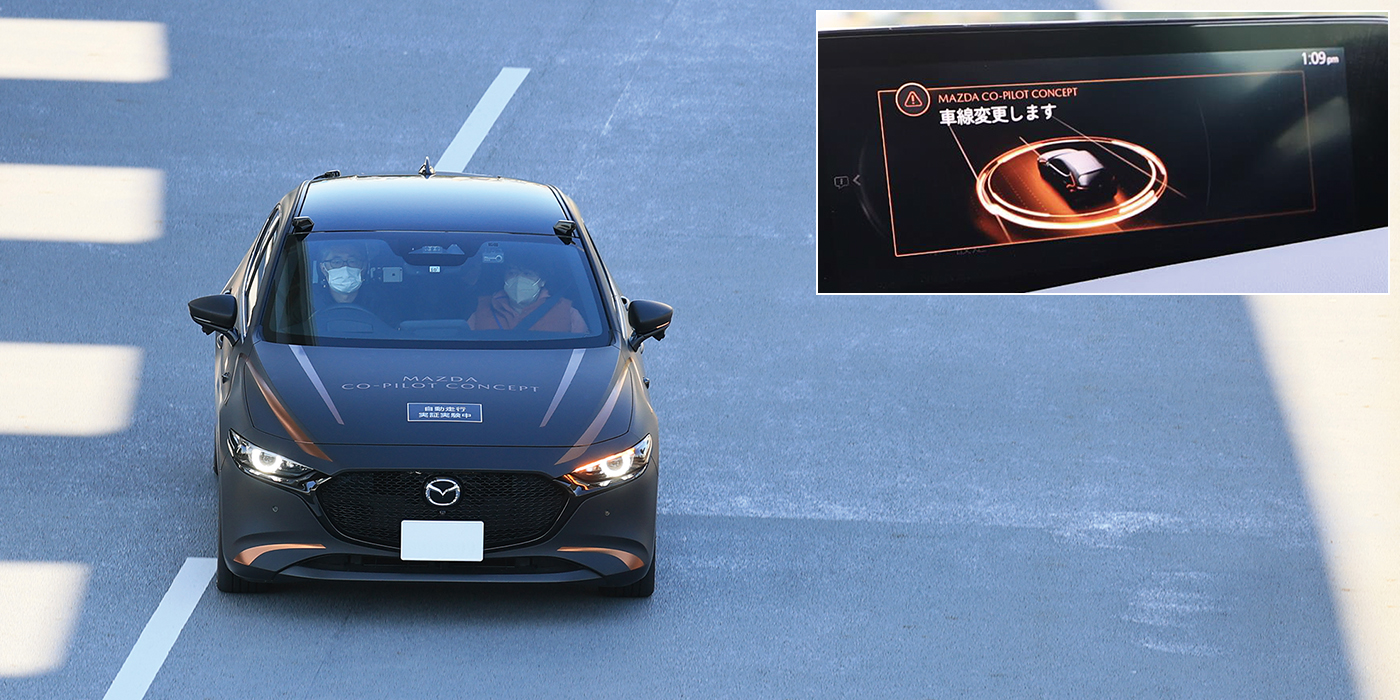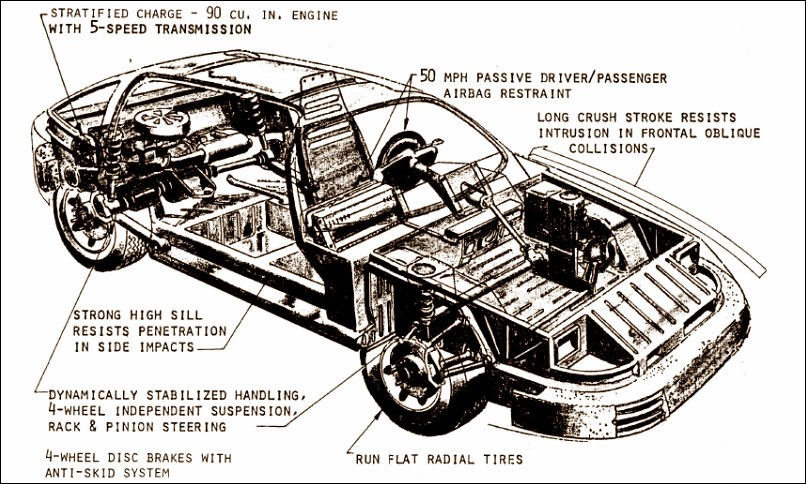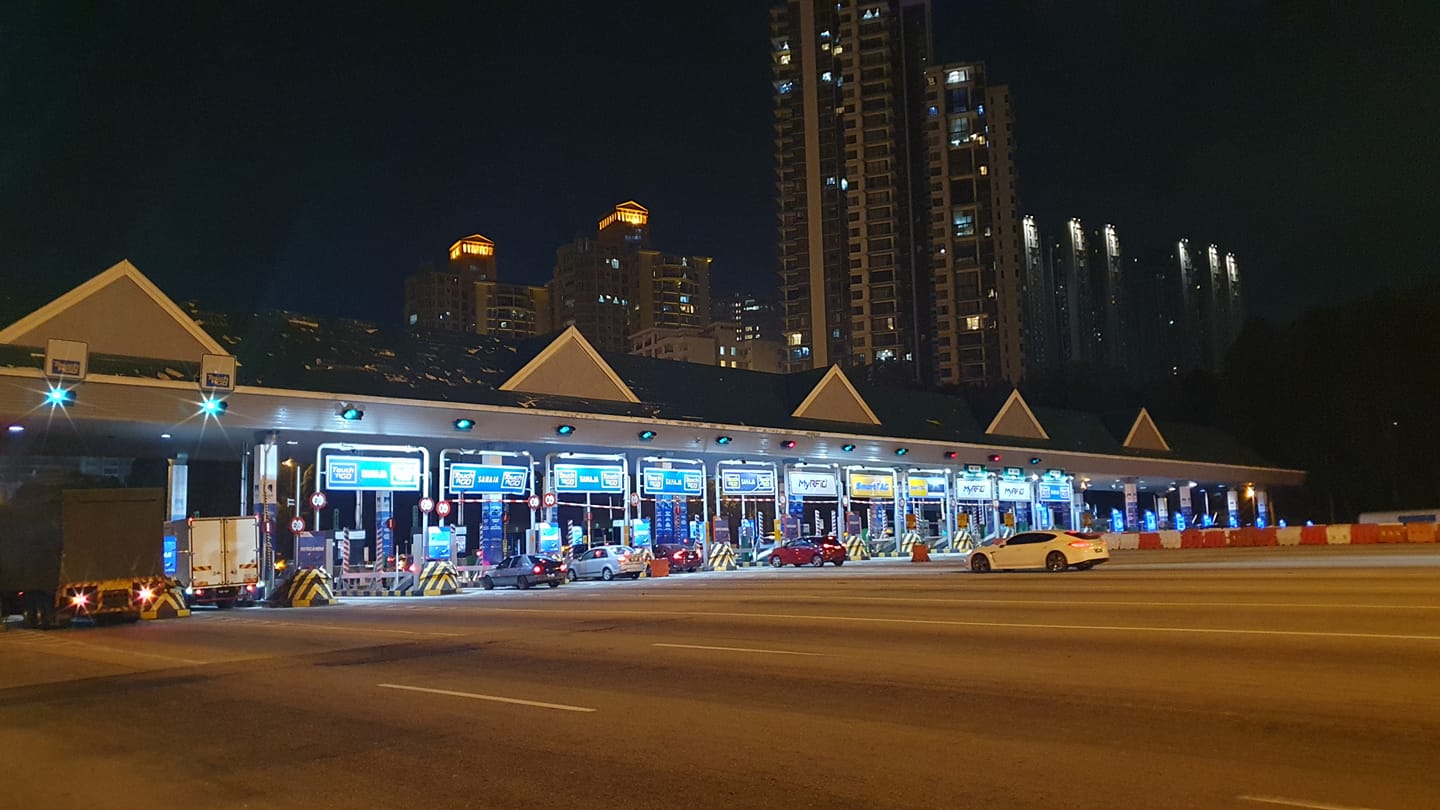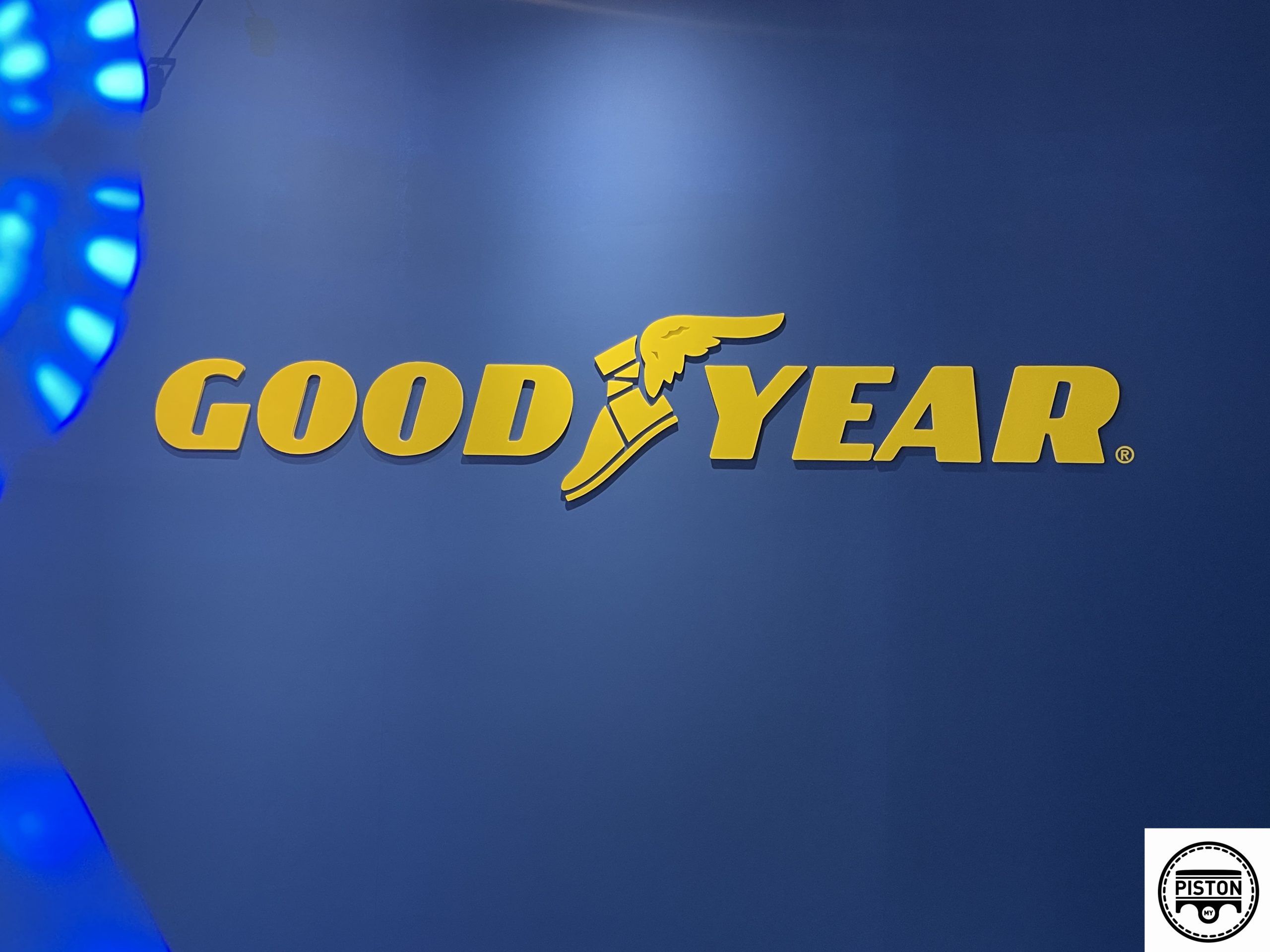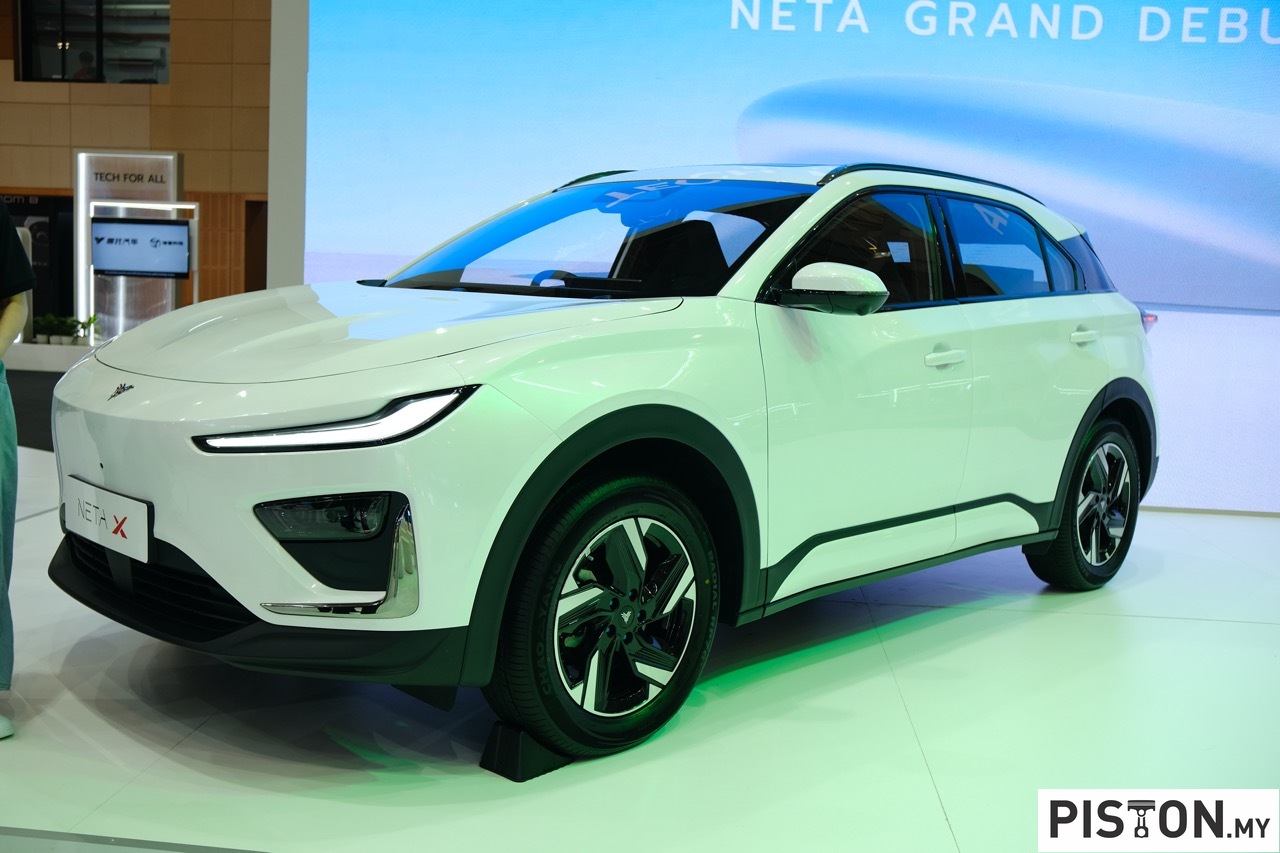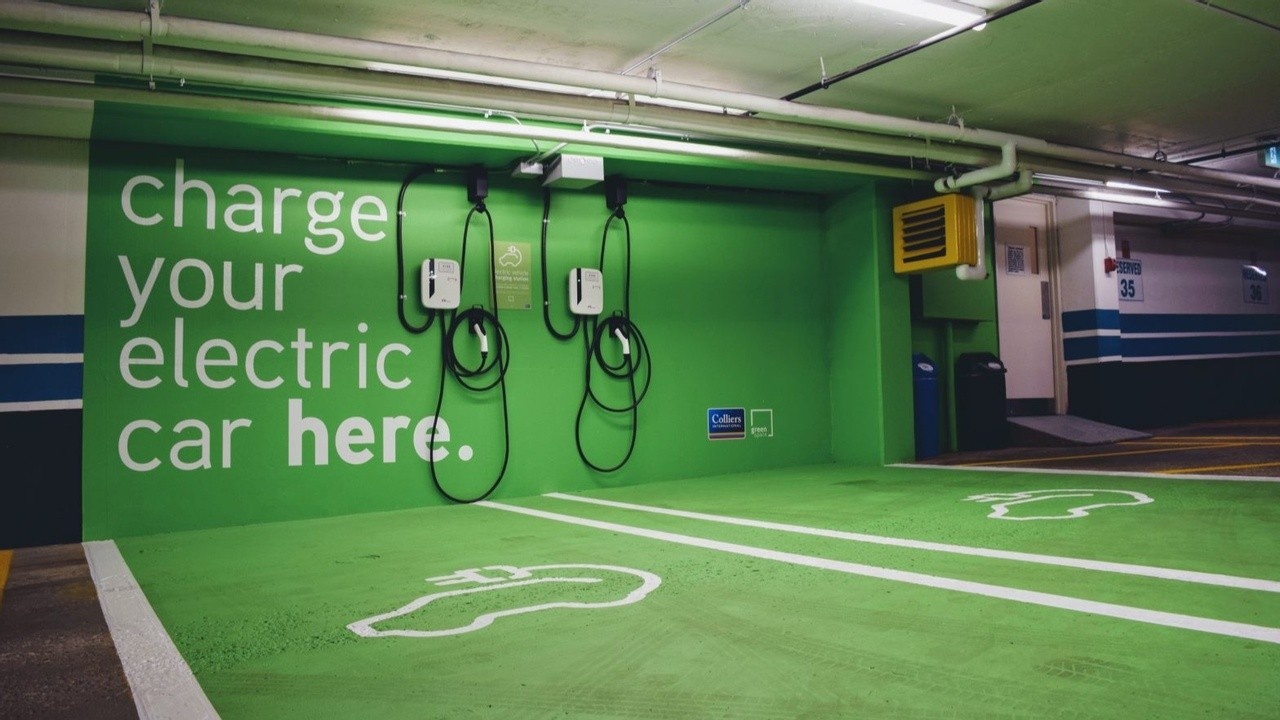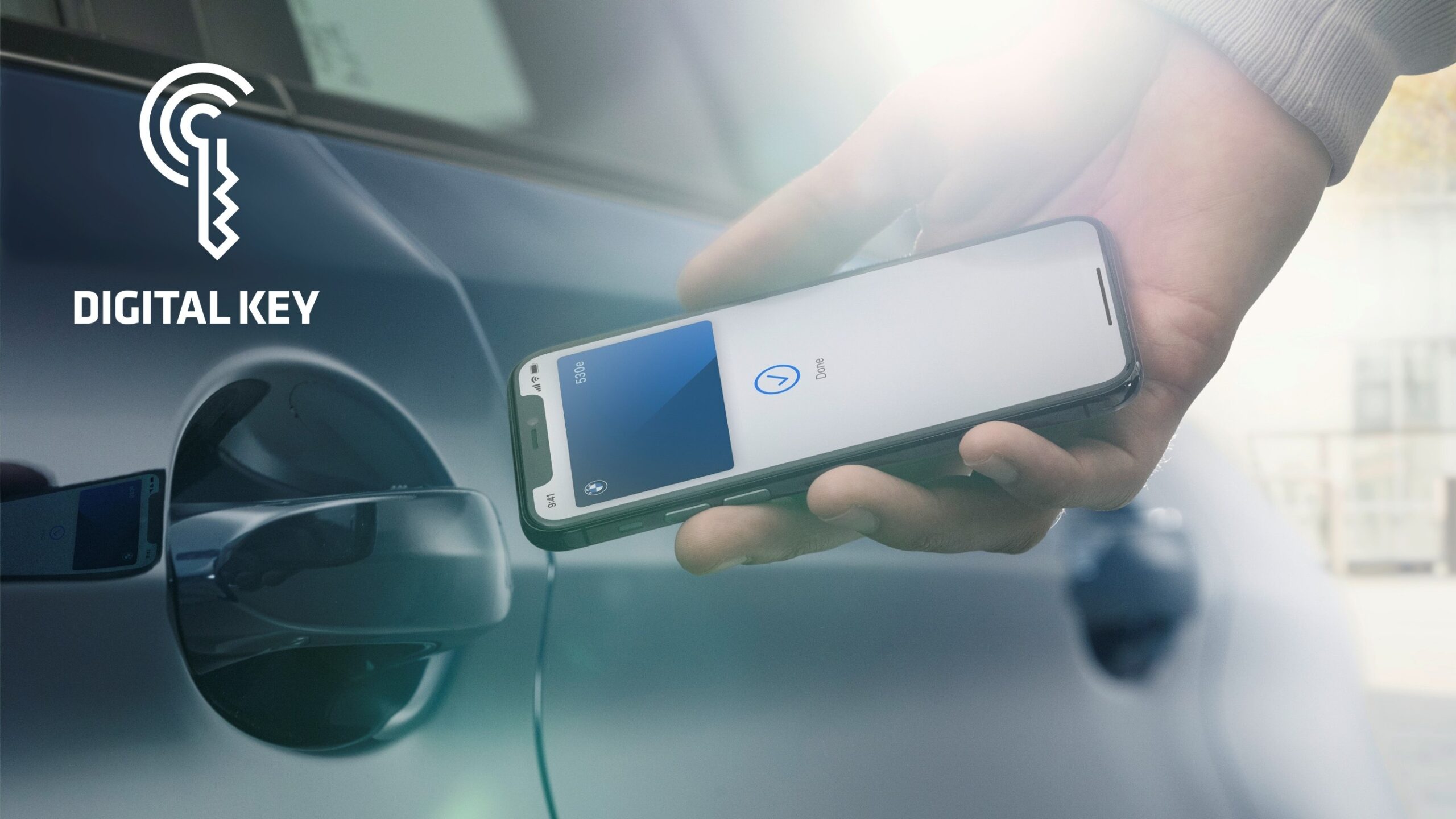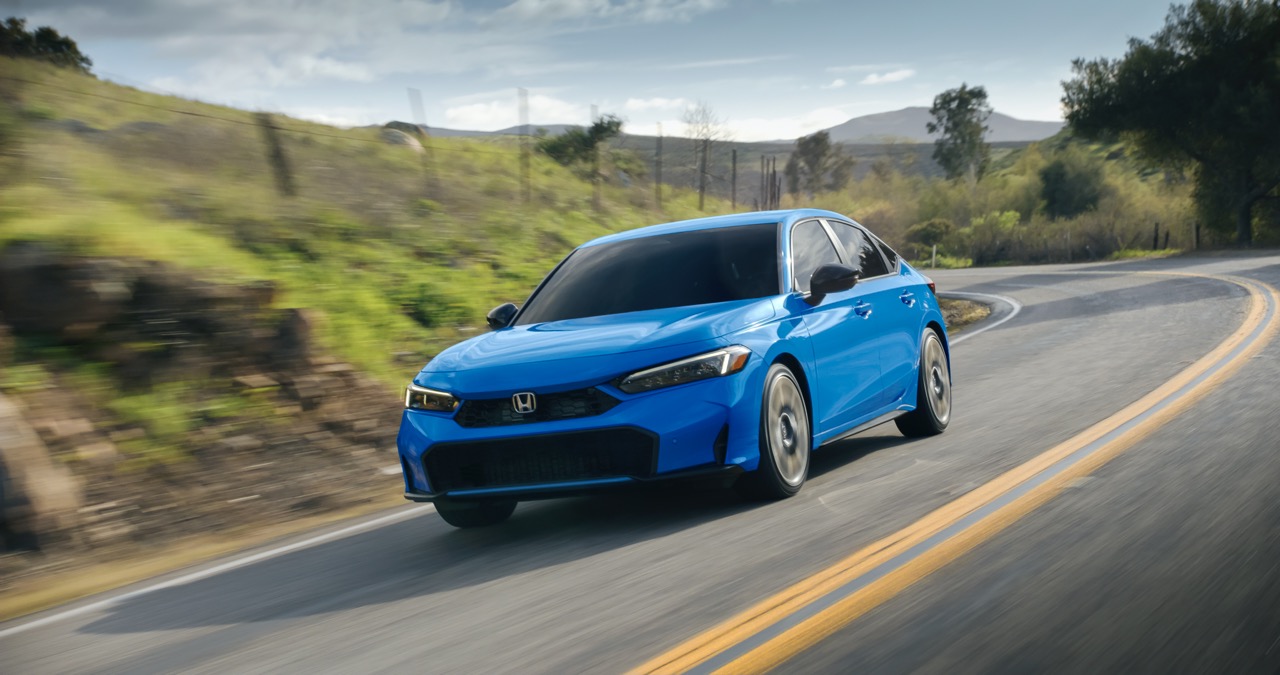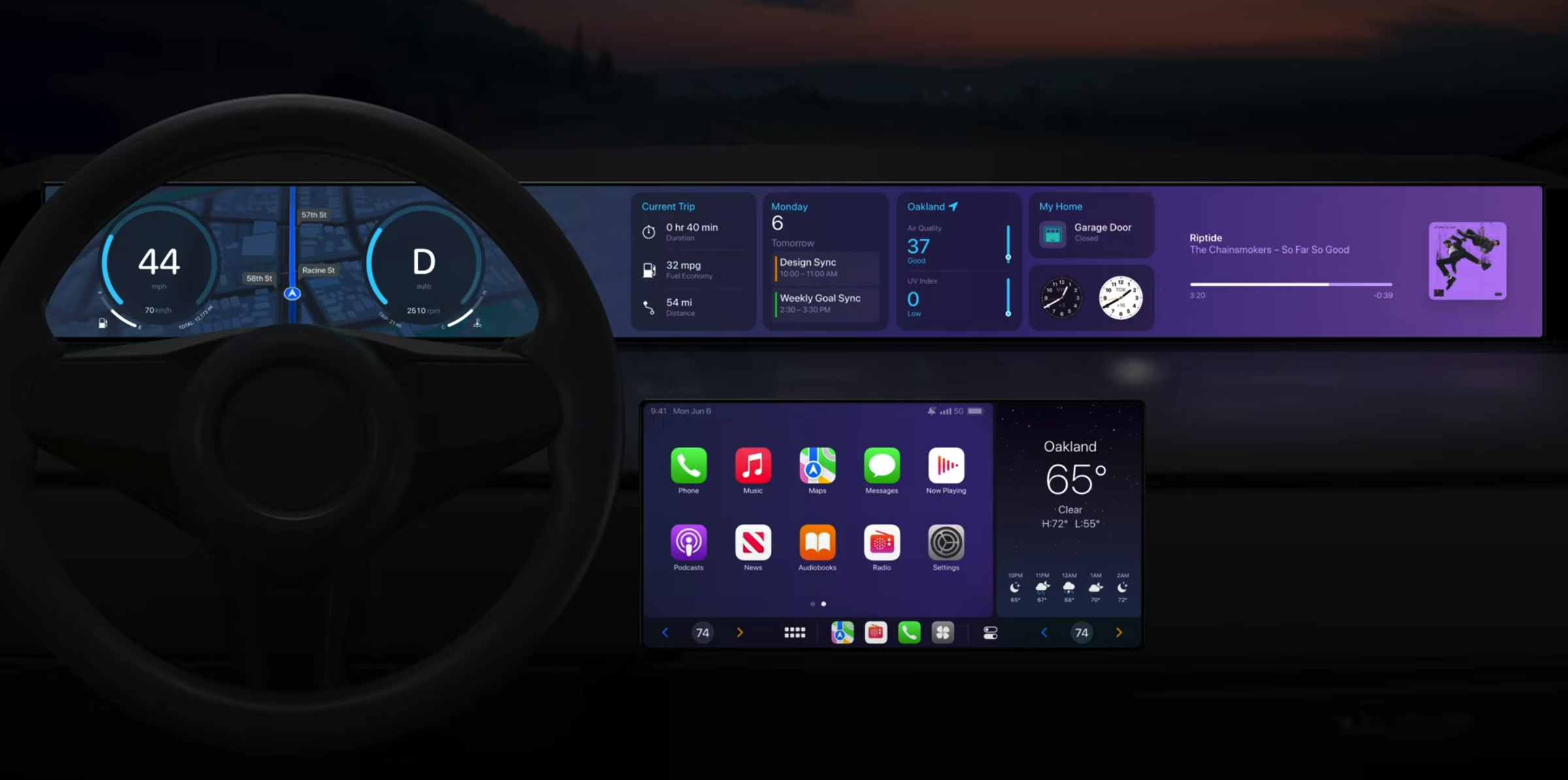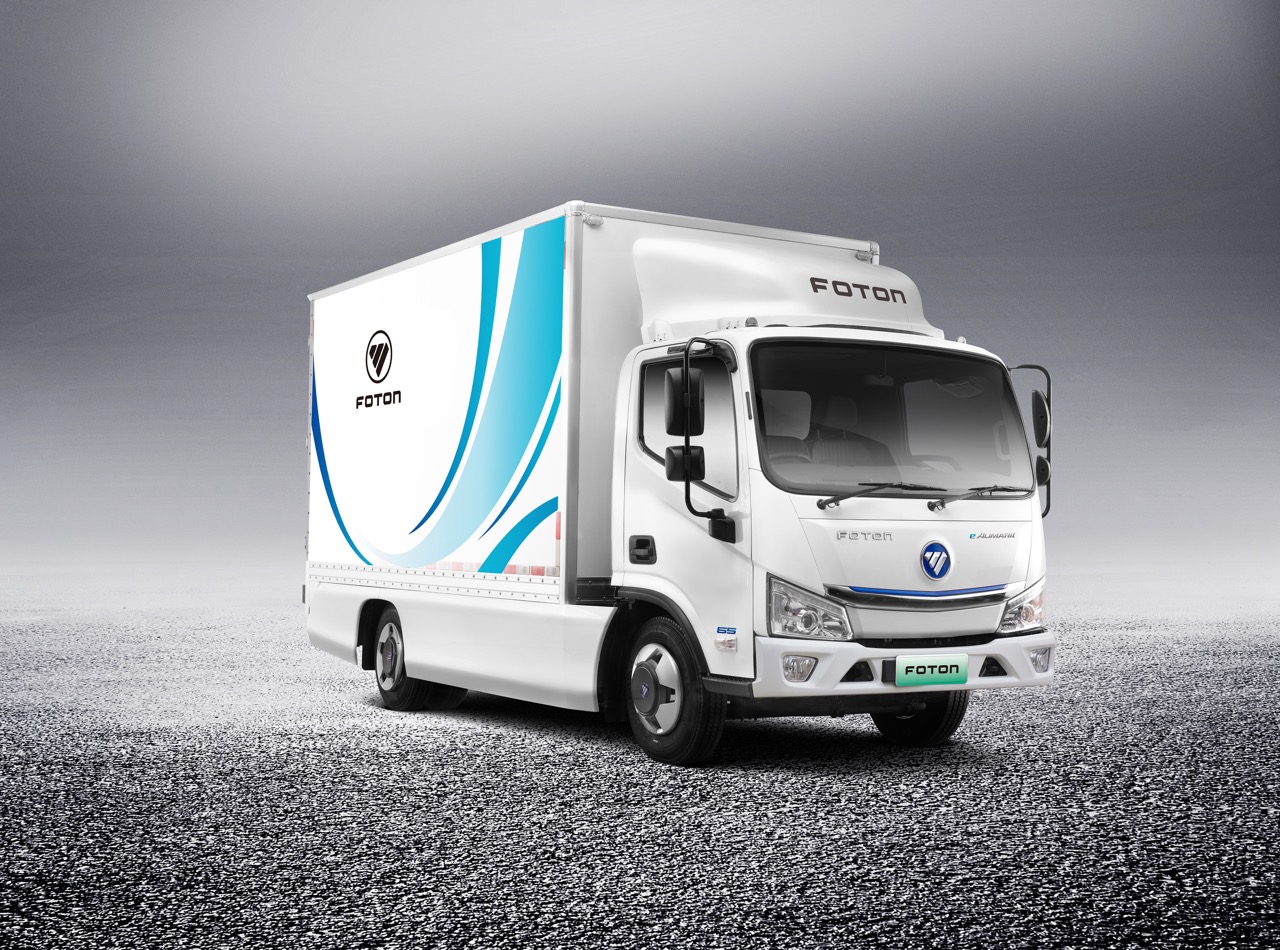During the 1970s, as vehicle safety became a more important topic, the US Department of Transport initiated the Experimental Safety Vehicle (ESV) Program. The objective of the program was to encourage carmakers to develop safer vehicles by 1981.
Many carmakers took part in the program which offered an opportunity to share as well as test new safety technologies and ideas. Companies which sold cars in America, in particular, developed prototypes which met the more stringent US safety regulations.
The program saw over 20 ESVs being developed, with many new technologies and features that would eventually find their way into production models in the years that followed. After 1981, the companies continued their work on safety, sharing new developments at conferences. These conferences, generally held every two years, have been entitled the International Technical Conference on the Enhanced Safety of Vehicles (‘Experimental’ was changed to ‘Enhanced‘ in 1991).
This year, the 27th conference will be held in Yokohama, Japan, in early April with the theme of ‘Enhanced and Equitable Vehicle Safety for All: Toward the next 50 years’. It will feature presentations and discussions on topics such as safety technologies for the protection of children, senior citizens and other vulnerable road users, as well as presentations and discussions on advanced technologies for automatic driving and artificial intelligence.
A large number of participants from government agencies, research institutes, and industry around the world are expected to attend the conference. Among them will be Mazda Motor Corporation which will present its Mazda Co-Pilot Concept using a CX–60 equipped with the Driver Emergency Assist (DEA) system.
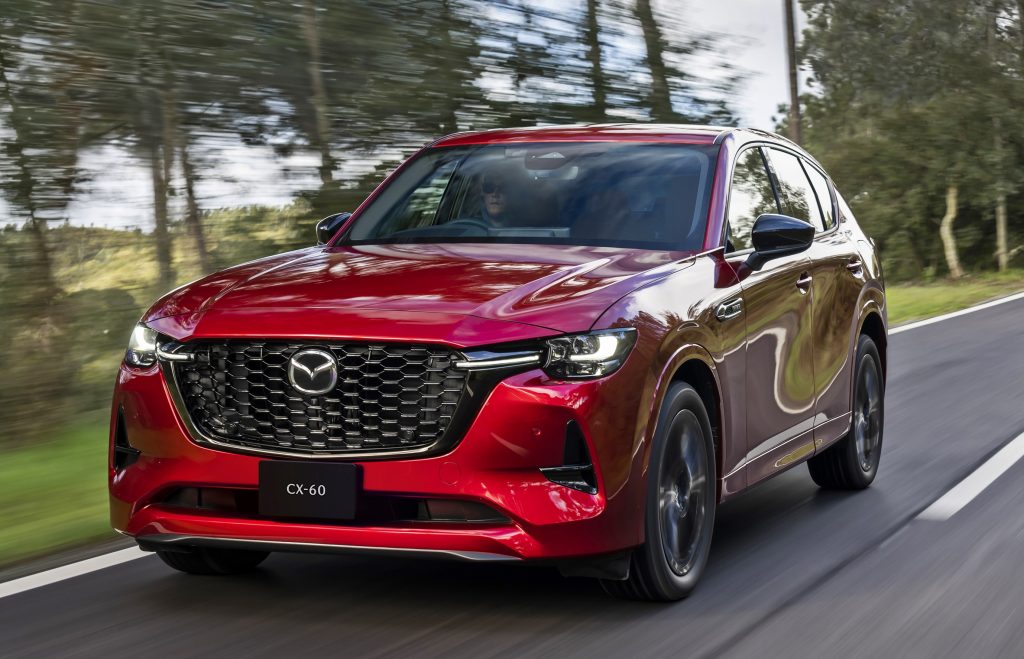
As part of its research to develop Mazda Proactive Safety for detecting and preventing dangers, the carmaker is engaged in deep research into human biology, working to understand and model the mechanisms of the body and the brain.
Its research has led to the development of the Mazda Co-Pilot Concept, an advanced driving support technology concept that reduces risks by monitoring driver’s conditions like drowsiness or health problems. The DEA system determines when the driver cannot control the vehicle due to a loss of consciousness. In such situations, the system will slow and stop the vehicle, while also alerting the emergency authorities.
The system uses driver monitoring cameras to detect any changes in the driver’s characteristic facial features and makes a presumption on potential fatigue and drowsiness. The system displays messages on the Multi-information Display, and makes an alert noise to encourage the driver to take a break.
DEA is already available on CX-60 for Japanese market since last year. The CX-60 is the first vehicle in Japan certified compliant with the new, amended Japanese safety standards brought in to ensure compliance with safety regulation Number 79, Revision 4, the latest United Nations regulation on DEA systems.
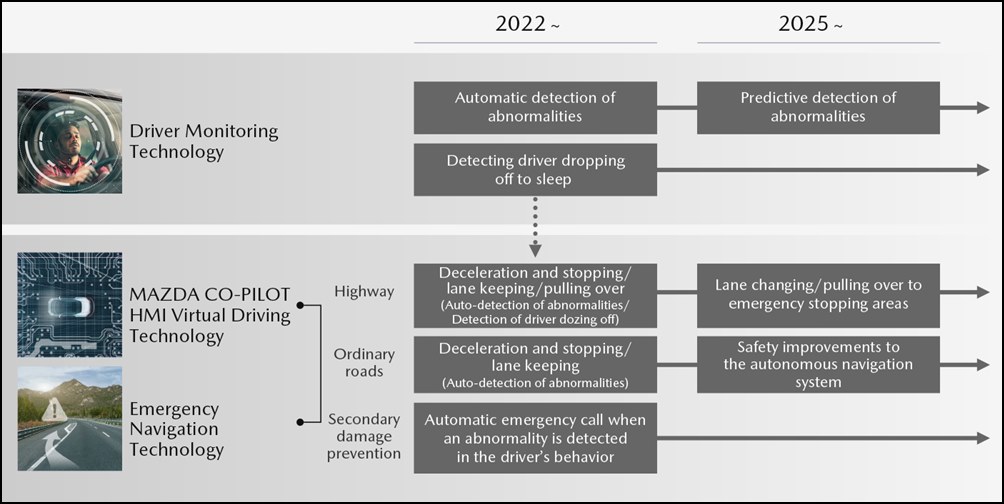
In accordance with a development roadmap for 2025 and beyond, Mazda plans to continue expanding and improving technology based on this concept, gradually increasing the number of vehicle models incorporating this technology.
Increased intelligence of the systems will allow detection of early signs of a driver’s deteriorating physical condition. In such a situation, the system will take control of the vehicle for a lane change and pull the vehicle over to the side of the highway to stop at a safe place.



